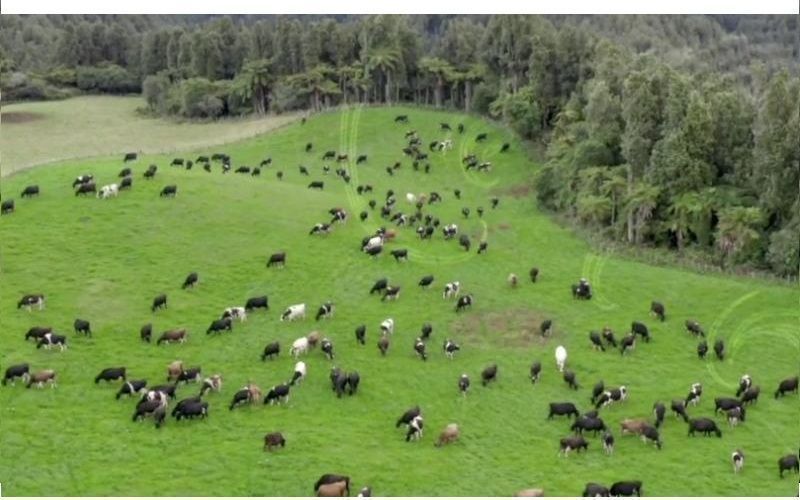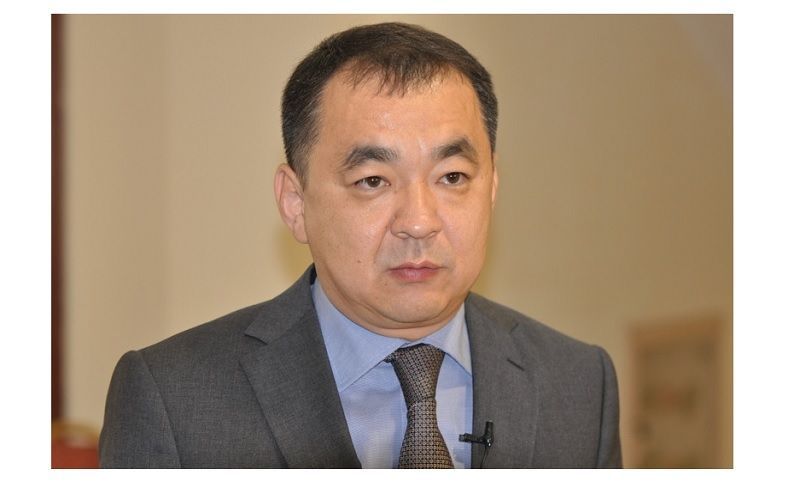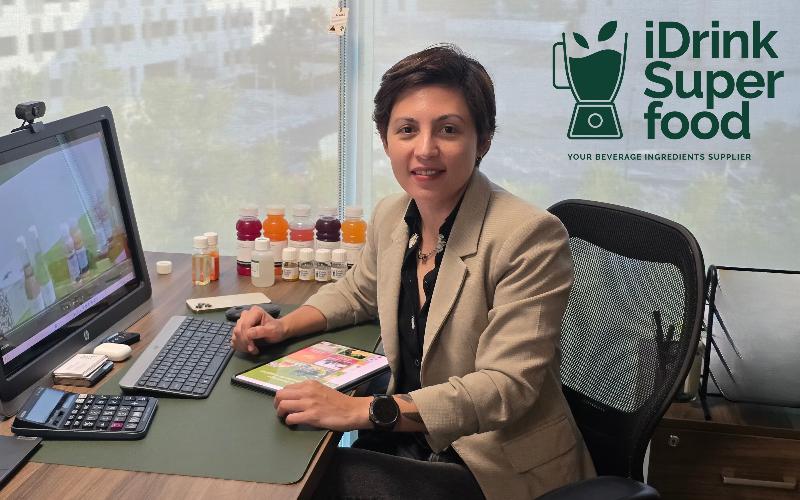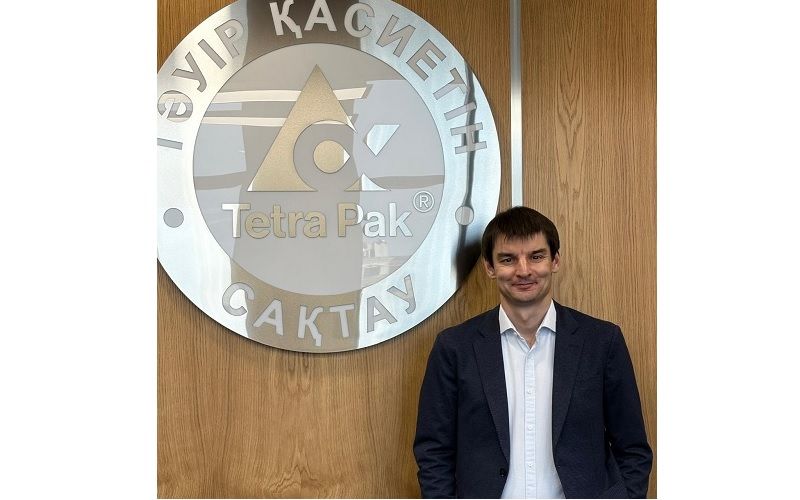Global Food Index Sees Price Paradox

The FAO Food Price Index for July 2025 painted a paradoxical picture for the global food market. While the overall index rose by 1.6% fr om June, reaching 130.1 points, this increase was primarily fueled by sharp surges in vegetable oil and meat prices. These gains were enough to offset declines in other major commodity groups, including cereals, dairy, and sugar, which saw downward price pressure. This complex market movement highlights the varied forces at play within the agribusiness sector.
The dairy economics sub-index experienced its first decline since April 2024, albeit a slight one of 0.1%. This downward trend was attributed to a combination of abundant export supplies from key producers and subdued import demand from major buyers. For analysts and producers in the international dairy community, this data point is a critical indicator of shifting market dynamics, suggesting a potential rebalancing after a period of sustained growth.
Similarly, the cereal price index fell by 0.8%, driven by several factors. The article points to fresh harvests and weak import demand for both wheat and rice as the main contributors to the decline. This drop is a key piece of data journalism for the grain sector, demonstrating how supply-side strength and a lack of purchasing pressure can quickly impact global pricing, a trend that can influence feed costs for dairy producers.
The overall FAO index remains a significant 18.8% below its peak in March 2022, a point of context that is crucial for understanding the current market. However, despite the recent dips in certain sectors, the index is still 7.6% higher than it was a year ago, in July 2024. This year-over-year increase underscores the persistent inflationary pressures in the food supply chain, even as month-to-month volatility creates a more nuanced and complex pricing environment.
The sugar price index also contributed to the downward pressure, continuing a five-month decline with a 0.2% drop. This was largely based on expectations of a global production recovery, a sign of confidence returning to the market. Overall, the July index report reveals a fragmented global market wh ere different commodity groups are moving in different directions, requiring careful analysis from all stakeholders in the agricultural and food industries.











